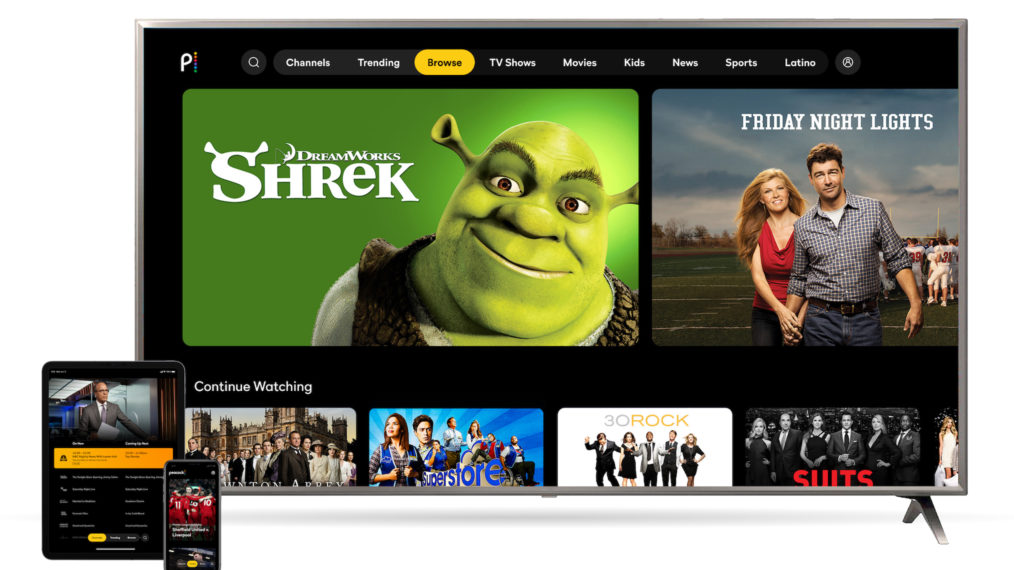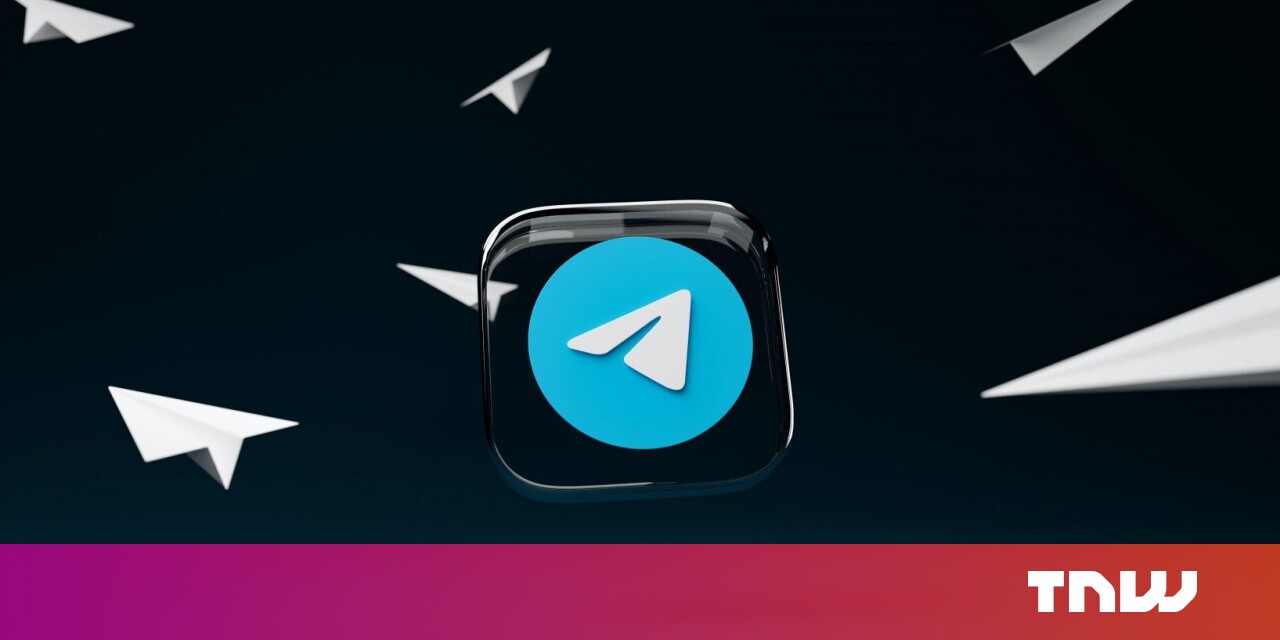#Streaming Wars: How Did Peacock’s Launch Stack Up Against HBO Max & Quibi?

Table of Contents
“#Streaming Wars: How Did Peacock’s Launch Stack Up Against HBO Max & Quibi?”

Peacock
So far, though, showdowns with Amazon and Roku have meant that Peacock’s feathers are ruffled, and HBO Max isn’t running at max capacity. The good news for those streamers? They haven’t had Quibi’s bad luck…
Scroll down to read more about the pros and cons of each of these services.
Peacock
NBCUniversal’s streaming service launched on April 15 for certain customers of parent company Comcast’s Xfinity service, then went nationwide on July 15. The free tier of Peacock offers a limited selection supported by ads, the Premium tier has the service’s full selection supported by ads for $4.99/month and Peacock Premium gives the full selection with no ads for $9.99/month.
Pros:
- 20,000 hours of content. Peacock opens the vast NBCUniversal archives, with the free tier offering the series 30 Rock, Parks and Recreation, Saturday Night Live, Battlestar Galactica and Suits, as well as the Jurassic Park, Bourne Identity and Mummy film franchises. The Premium and Premium Plus tiers, meanwhile, offer Law & Order, Law & Order: SVU, Cheers, Two and a Half Men, House and Frasier.
- Free tier. Of these three services, Peacock is the only one to provide a free membership option instead of just a free trial.
Cons:
- Amazon Fire TV/Roku incompatibility. Due to corporate standoffs, both Peacock and HBO Max aren’t yet available on Roku and Amazon’s Fire TV, which together account for 70 percent of all the streaming devices installed in the U.S. last year.
HBO Max
WarnerMedia launched HBO Max on May 27. The service costs $14.99/month, though it’s free for many customers of parent company AT&T and certain cable providers.
Pros:
- 10,000 hours of content. In addition to the critically acclaimed HBO shows (e.g. Game of Thrones, Watchmen, Barry), HBO Max is now the streaming home for the DC Universe, the Harry Potter and Lord of the Rings film franchises, the Looney Tunes and Sesame Street brands, and a certain sitcom called Friends. Plus, HBO Max managed to recover from its Gone With the Wind controversy by adding a new introduction about the classic film’s depictions of slavery and the Civil War.
Cons:
- Missing titles. As The Verge noticed, there are odd gaps in the HBO Max library. Man of Steel is missing, for instance, as are other notable Superman adaptations. And though Batman Begins was advertised as an HBO Max offering, none of Christopher Nolan’s three Batman films are currently streaming on the service.
- Cost. HBO Max does not offer a free tier, and its monthly cost is more expensive than that of Peacock and Quibi.
- Branding issues. The HBO Max name doesn’t exactly make it clear that the streaming service offers non-HBO content, and the existence of HBO Go and HBO Now only adds to the confusion. (That said, WarnerMedia revealed in June that the HBO Go app will be retired and the HBO Now app will be renamed HBO.)
- Amazon Fire TV/Roku incompatibility. See above.
Quibi
Quibi—a made-up word referring to “quick bites”—launched on April 6, offering short-form reality and scripted programming geared toward mobile viewing, with episodes no longer than 10 minutes. Led by founder Jeffrey Katzenberg of DreamWorks fame and CEO Meg Whitman, formerly of Hewlett Packard, the platform raised $1.75 billion in funding. It costs $4.99/month with ads and $7.99 without.
Pros:
- A-list talent. Quibi has an almost obscene number of big-name stars on its talent roster, including Jennifer Lopez, Idris Elba, Reese Witherspoon, Keke Palmer, Sophie Turner, Liam Hemsworth, Queen Latifah, Eva Longoria, Nick Jonas, Chance the Rapper and Chrissy Teigen.
- Turnstyle technology. Quibi is designed solely for mobile viewers, and it shows: Its Turnstyle technology means viewers can turn their phones to seamlessly switch from portrait to landscape viewing and see different perspectives.
Cons:
- Underwhelming performance. Amid sky-high expectations, Quibi faltered, perhaps because quarantined viewers had fewer reasons to watch content on their phones instead of their TVs. (“I attribute everything that has gone wrong to coronavirus,” Katzenberg told The New York Times in May. “Everything.”) The Quibi app fell from #3 to #284 in Apple’s App Store, and Quibi reportedly lost 90 percent of the users who signed up for free trials. The press around Quibi has been so mirthfully negative that Wired published a piece about the “Quibenfreude” trend.
If you want to read more Like this articles, you can visit our Social Media category.
if you want to watch Movies or Tv Shows go to Dizi.BuradaBiliyorum.Com for forums sites go to Forum.BuradaBiliyorum.Com




